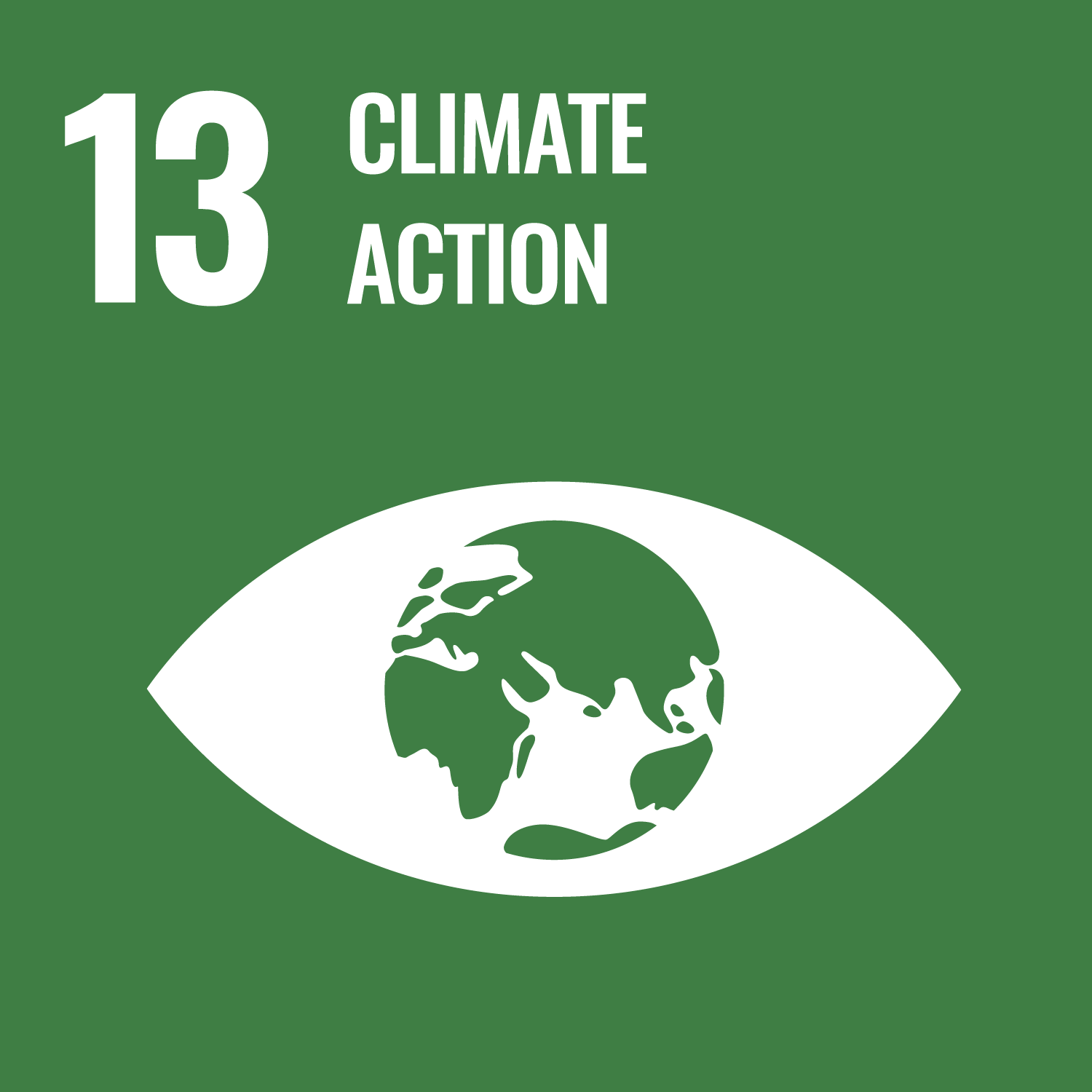Oakey, A., Grote, M., Smith, A. orcid.org/0000-0001-8197-1690 et al. (4 more authors) (2022) Integrating drones into NHS patient diagnostic logistics systems: Flight or fantasy? PLOS ONE, 17 (12). e0264669. ISSN 1932-6203
Abstract
Healthcare accounts for approximately 5% of emissions in developed nations, and the public healthcare provider in the United Kingdom (UK), the National Health Service (NHS), has set a target to reach net-zero emissions by 2040 without detriment to its quality of patient care. With Uncrewed Aerial Vehicles (UAVs; a.k.a. drones, UAS, or RPAS) starting to be used in healthcare systems outside the UK, there is interest in how they could be integrated into NHS operations to transport diagnostic specimens. Reflecting on a business-as-usual analysis of current NHS diagnostic specimen logistics across the Solent region (southern UK), this paper critically evaluates the practical reality of integrating UAV deliveries of this commodity, identifying the benefits and challenges that must be addressed to realise commercial services, including dangerous goods legislation, cargo stability, routing, and weather. In the analysis, 14 out of 79 surgeries could be realistically served by a 5m wingspan vertical take-off/landing (VTOL) UAV: seven directly, and seven via ground-based transfers. The results suggested that an average of 1,628 samples could be served by UAV each week, resulting in 42 flights/week with 10 taxi services to cover periods where weather limited flying. This equated to an approximate total service cost of £2,964/week if regulations develop to relax UAV personnel constraints. The introduction of UAVs reduced the marginal external costs (greenhouse gas emissions, congestion, and air pollution) by £196 per week and cut travel times to UAV served sites by 72% (weather permitting). Tailpipe emissions (excl. taxis), vehicle-kilometres travelled, and van costs were reduced by 20%, 20%, and 23% (respectively), but the overall system cost increased by 56%. Whilst this increase is likely to make the introduction of UAV services financially challenging, the benefits in terms of emissions and journey time savings may offset some of the additional cost and warrant further investigation.
Metadata
| Item Type: | Article |
|---|---|
| Authors/Creators: |
|
| Editors: |
|
| Copyright, Publisher and Additional Information: | © 2022 Oakey et al. This is an open access article under the terms of the Creative Commons Attribution License (CC-BY 4.0), which permits unrestricted use, distribution and reproduction in any medium, provided the original work is properly cited. |
| Dates: |
|
| Institution: | The University of Leeds |
| Academic Units: | The University of Leeds > Faculty of Environment (Leeds) > Institute for Transport Studies (Leeds) > ITS: Sustainable Transport Policy (Leeds) |
| Depositing User: | Symplectic Publications |
| Date Deposited: | 06 Sep 2024 09:21 |
| Last Modified: | 06 Sep 2024 09:21 |
| Status: | Published |
| Publisher: | Public Library of Science |
| Identification Number: | 10.1371/journal.pone.0264669 |
| Related URLs: | |
| Sustainable Development Goals: | |
| Open Archives Initiative ID (OAI ID): | oai:eprints.whiterose.ac.uk:216874 |


 CORE (COnnecting REpositories)
CORE (COnnecting REpositories) CORE (COnnecting REpositories)
CORE (COnnecting REpositories)